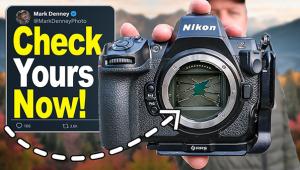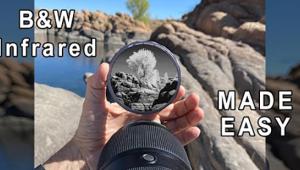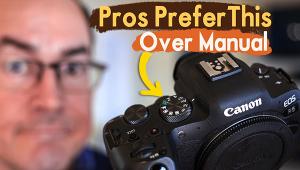Organizing Digital Images; You Just Shot Hundreds Of Photographs--Waddya Do Now?
People who use digital cameras tend
to shoot more images than when they had to pay for film and processing, but
management and organization of these digital files is not free. You need software
to organize those images, computers for "hot" short-term storage,
and some kind of recordable media for long-term "cold" storage.
Software for organizing and managing digital images is multiplying like bunnies
and everybody, it seems, has the "perfect" solution to organize
digital camera files. Mac OS users are often, but not completely, let out of
the picture. And some Windows-only programs are only available as downloads.
Read, "Why I Don't Like Downloadable Software" for my take
on that subject.
I think Steve Deyo, former editor-in-chief of ComputerUser, coined the word
"imagebase" to describe a class of image database programs that
allowed you to store and retrieve photographs and data about your images. While
that term has fallen out of favor and been replaced by the notoriously trendy
"digital asset management," the quality of the programs available
still vary from pretty darn good to Ford Prefect's description of Earth
in The Hitchhiker's Guide to the Galaxy--"mostly harmless."
What follows is an opinionated look at software to help you organize digital
image files.
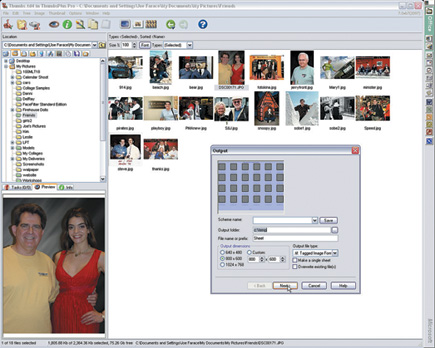 |
|
|
Start Organizing In Camera
While "chimping" may be a derogatory term to some, it's not
to me. For every few minutes you spend deleting images of your left foot now,
you'll save time and the cost of hard disk storage and CD/DVD archiving
later. You don't have to be a ruthless editor; just get rid of the junk.
After that you need software.
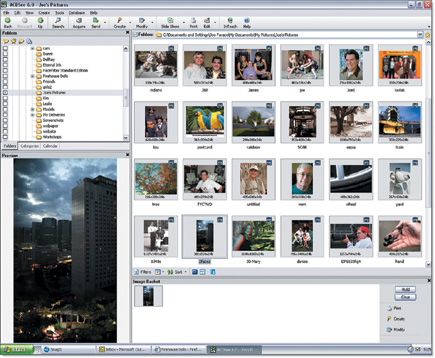 |
|
|
That software should be able to
read lots of different graphic file formats. There are more than 100 graphic
file formats and, unlike designers and desktop publishers who must be able to
catalog many different file formats, photographers can standardize on a few,
such as Photo CD, GIF, JPEG, TIFF, or BMP. Nevertheless, the program should
be able to display the file as a thumbnail. Not all image file formats will
display thumbnails, so consequently not all imagebase software displays every
image file type. If a format does not contain thumbnails, programs such as ThumbsPlus
(www.cerious.com) will
automatically create them for you.
A good imagebase program lets you add "keywords" to your photographs,
then allows you to search for the images that have those words associated with
them. When assigning keywords, use characteristics that identify your image
beyond a simple description, e.g., "red barn."
 |
|
|
Finally, a good imagebase program includes a lengthy description field that lets you make detailed notes about the image, including its format, where it's located, or the kind of media on which it's stored.
- Log in or register to post comments


















